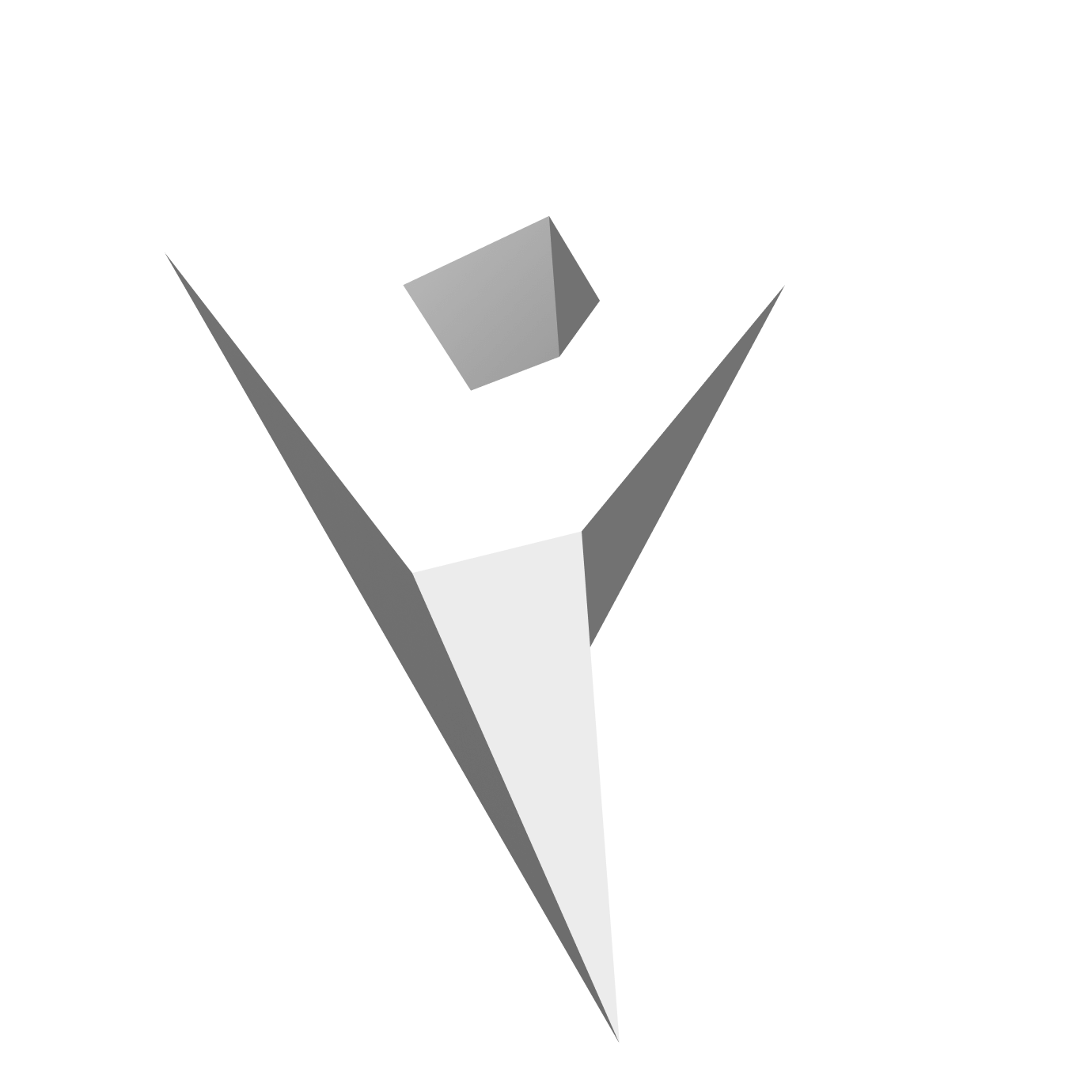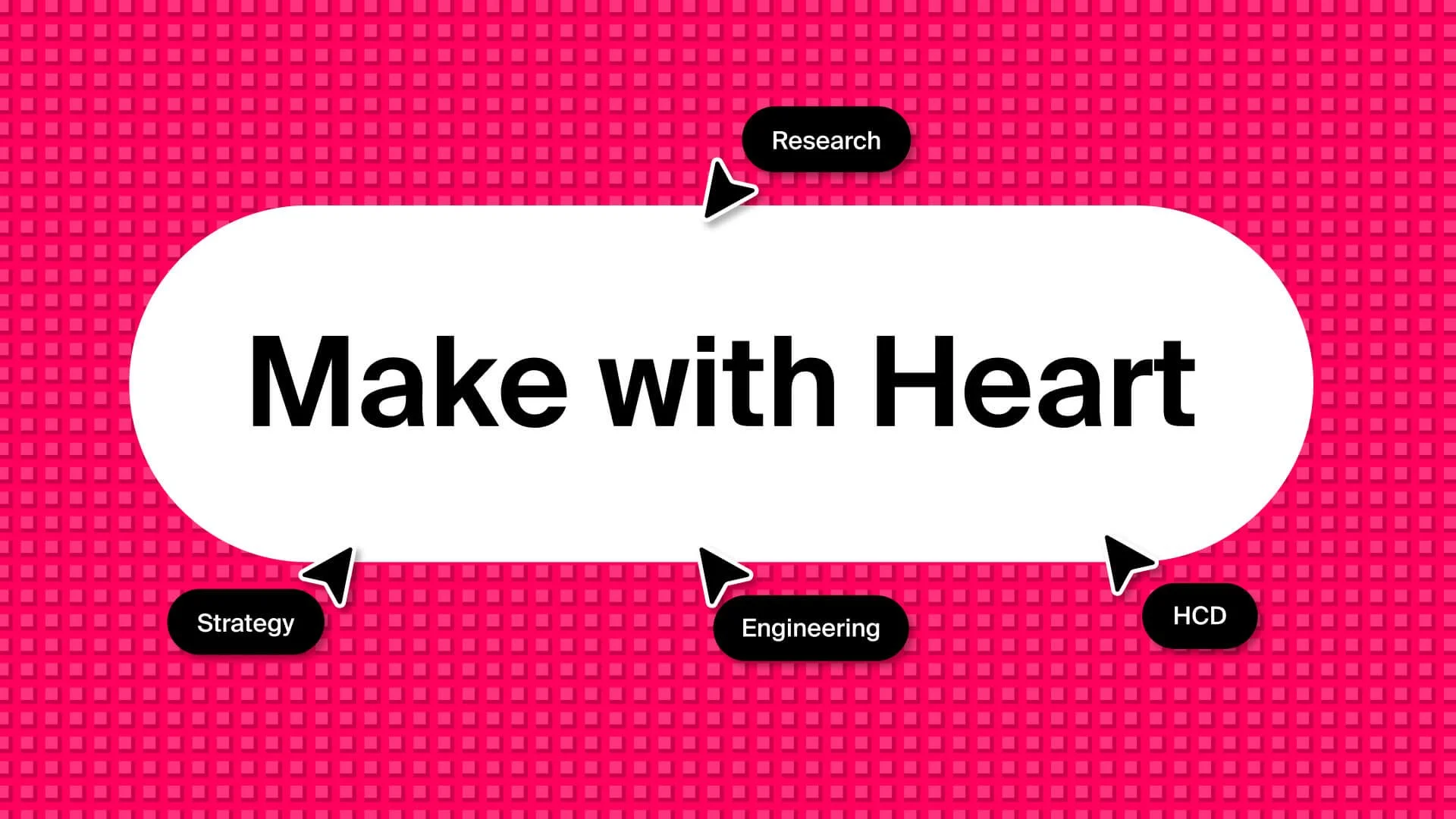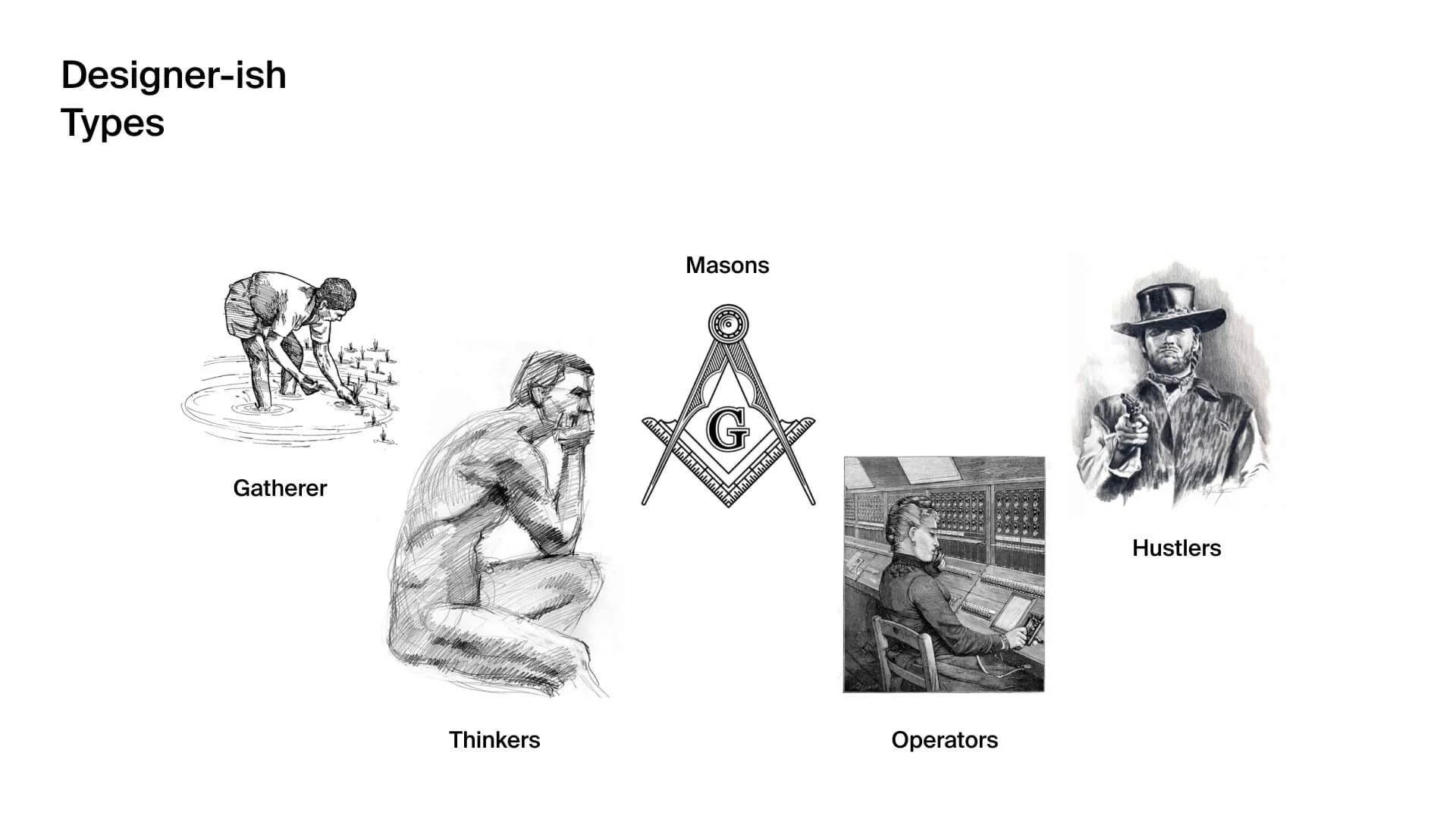Make with Heart
Are you in love?People. Passion. Craft.
In my mind, there’s a unique and powerful approach to creation that lights it up.
Make with Heart is the idea of believing in the path, and pouring passion and dedication into a vision or value proposition.
When we make with heart, we commit to the process and the people—be it clients, team members, and audiences. We approach questions with pride, expertise, and humility in order to elevate outputs to new heights; where love, passion, and craftsmanship converge to create truly extraordinary experiences.
Leading much, lately? Dear Design Leader.
You have one job—do it, and do it well.
You have to lead. But design is complex in all its abstract and concrete forms.
Do you have to draw? Maybe.
Do you have to write? Possibly.
Do you have to concept? 💯
Art direct? Strategy? Storytelling? Photography Videography? 3D?
All of the above. Even research? Fosho.
You’re Screwed.
You have the fun-nest job in the world—leading. Do it, and do it well.
Your path might have come from designing craft, to projects, and leading organisations. In that journey (and time), you would have practiced a lot of the skills mentioned above.
It’s always going to be a mess.
Accept it—Roll up your sleeves, and get your hands dirty. You possibly have the capacity of 8 powerful hours in a day. And a few more that are not.
But guess what. You still have the fun-nest job in the world. Use that time well, and do your one job right.
Design the teams. They are fun.
Design the space.
Design the process. Of course!
The parties too? They are the most important.
Don’t handicap the business, or the practice, or the people from growing through the path that you had.
Be a Leader.
Do it with a vision, passion, and love. But most importantly, get the !@$&(^ job done.
You have one job.
Go ahead, have a 🥃, put on that black tee and make the logo bigger on behalf of your stubborn intern.
Don’t be boring, you're also a designer.
Empathy is the Answer.
Understand the type that you collaborate with, and what pulls or drives a particular individual. And then amplify the outcomes based on their skillsets, purpose and ambitions.
Gatherer—Ravager and collector of info.
E.g. The Researcher, The ScientistThinker—Insights, Ideas, Frameworks. You love em.
E.g. The Strategist, The CreativeMason—Pixels and bricks to perfection.
E.g. The Visualiser, The Illustrator, The WriterOperator—OCD much? Loves law and order, plays by the rules.
E.g. DesignOps, ResearchOpsHustler—Whatever it takes. Come what may.
E.g. The Talker, The Problem-Solver
A D.O.S.E. of 🖤.
What if… the concept of love languages can be translated into design and craft principles?
Words of affirmation. Focus on clear, and consistent messaging throughout the product. Use typography, colour, and layout to create an uplifting and affirming experience for the user. Encourage positive reinforcement and feedback within the product, such as personalised messages or notifications.
Quality time. Design the product in a way that fosters the right and ethical experience. We encourage users to spend the right amount of time in the right places. It can be through immersive storytelling, interactive elements, or captivating visuals. Strive to create a sense of community within the product, where users can share their experiences and forge connections.
Acts of services informs us to prioritise user-centered design—Anticipate the needs and preferences of the user, and provide features that demonstrate care and attention to their needs. Optimise for access and accessibility, ensuring the product can be seamlessly navigated through the end-to-end experience.
Gifts are always welcomed! Design elements of surprise and delight. This can be achieved through unexpected features, easter eggs, or periodic rewards to keep the user engaged and excited. Offer exclusive or limited edition content that makes the user feel valued and appreciated.
Physical touch. Pay close attention to the tangible aspects of the product. Explore possibilities to make digital feel physical by keeping in mind the ergonomics and real life situations that elicit a pleasant tactile experience. E.g. consider haptic feedback or touch-responsive interactions that simulate a sense of physical connection.
How might we aim to evoke the neuro-chemical responses associated with love when end-users interact with our craft and product experiences?
Inject a D.O.S.E. of dopamines, oxytoxins, serotonins, and endorphins in the craft.Do it—Because You Love it.
Make beautiful things.
Craft together.
Deliver impact.
Be playful for #thelonggame.
Bring it to finish line.
Restart.
Make it better.



